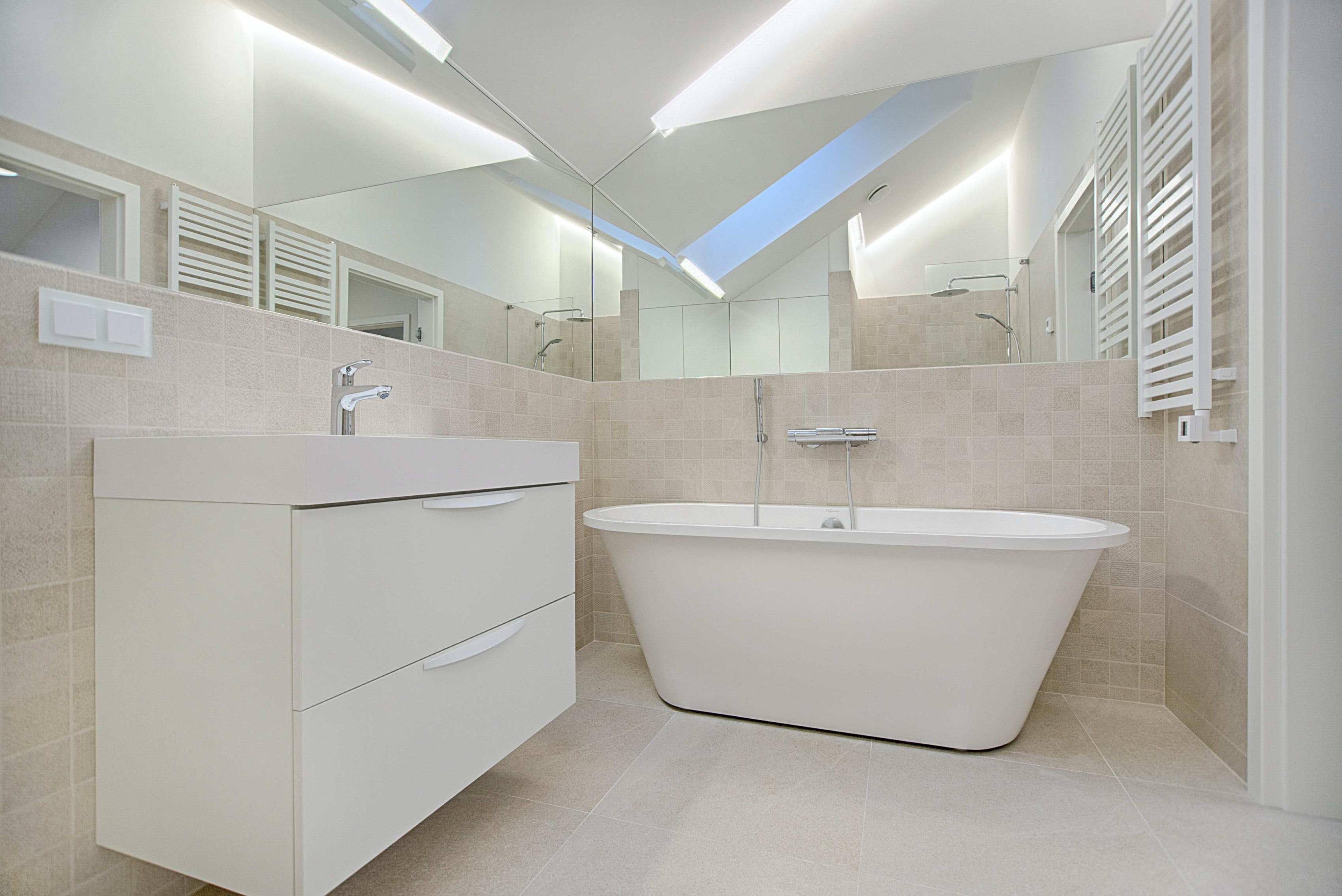How to choose the right tiles for your bathroom walls and floors
It may be both exciting and overwhelming to choose the correct tiles for your bathroom's walls and floors. It might be difficult to select the ideal tiles that not only fit your practical demands but also complement the design of your bathroom because there are so many options on the market.
We have put together a thorough guide that covers all you need to know about choosing the appropriate tiles for your bathroom's walls and floors in order to make the process simpler for you.

1. Establish a Budget.
Establishing your budget is the first step in selecting the ideal tiles for your bathroom. It's critical to have a clear understanding of how much you can spend because tiles come in a variety of materials, patterns, and pricing points. Remember that you will also need to account for the cost of installation.
2. Consider the style of your bathroom.
Your choice of tiles should begin with consideration of the design of your bathroom. If your bathroom has a modern style, choose tiles with a sleek and minimalist appearance, such as large-format porcelain tiles or glass tiles. You might want a more elaborate tile design for a classic bathroom, such as mosaic tiles or ceramic tiles with a decorative pattern.
3. Choose the Proper Tile Material.
The type of tile you select also matters greatly. The most typical materials used for bathroom walls and floors are porcelain and ceramic tiles. Ceramic tiles are available in a variety of styles, patterns, and finishes, whereas porcelain tiles are strong, water-resistant, and simple to maintain.
Stone tiles such as marble, granite, or slate can be a great option if you prefer a more natural appearance. Remember that real stone tiles need more upkeep because they are more permeable than porcelain or ceramic tiles.
4. Consider the size of the tiles.
Your bathroom's overall appearance might be significantly impacted by the size of the tiles you select. Smaller tiles can add texture and detail, while large-format tiles can produce a smooth, airy appearance. Larger tiles require fewer grout lines, which makes them simpler to clean and maintain. This is crucial to keep in mind.
5. Consider Slip Resistance.
Bathrooms are among the most frequent locations for slips and falls; therefore, it's critical to select tiles with slip-resistant features. To find tiles that are less likely to slip, look for ones with a high coefficient of friction (COF). Slip-resistance is defined as a COF of 0.60 or greater.
6. Consider color and pattern.
Your bathroom's overall appearance can be significantly influenced by the color and pattern of the tiles you select. Darker tiles can offer depth and drama, while lighter tiles can give the impression of being bright and open. Consider using mosaic or patterned tiles in your bathroom to add some visual interest.
7. Consider maintenance.
The maintenance needs of the tiles you select should also be taken into account. Compared to natural stone tiles, porcelain and ceramic tiles are simpler to clean and preserve. It's crucial to choose a grout that is simple to clean and maintain since grout lines can also attract dirt and filth.
CONCLUSION.
To sum up, choosing the ideal tiles for your bathroom's walls and floors may be a satisfying and enjoyable task. You can choose tiles that not only complement the decoration of your bathroom but also serve your practical needs by taking into account your budget, the style of your bathroom, the material of the tiles, size, slip resistance, color, pattern, and maintenance requirements.


